Source (JoopeA)
Source (JoopeA): - In 2017, an academic research project was conducted in collaboration with the website Dojensgara and the organization JoopeA about the life experiences of bisexual women in Iran. In 2017, in celebration of bisexual visibility week, we have published the summary of this study’s findings in Farsi. Now you can read the English version. In this qualitative study, each individual’s unique experience was taken into consideration with thoughtful analysis. The following paragraph only provides a brief summary of the common themes which was discovered in their experiences. Furthermore, this study was conducted on a small sample population of bisexual Iranian women, therefore the findings may not be generalizable to the whole. The method used was in-depth interviews with participants who were women from ages 23 to 38. Analyzing these interviews resulted in the finding of a few common themes in our participants’ experiences, all of which we have placed in 3 main categories.
Identity and Understanding the Self
۱) Before discovering the ‘bisexual’ identity, the majority of participants experienced a period of doubt, confusion, and uncertainty. During this time, although they thought they might be homosexual, they continued to experience attraction to both men and women.
۲) All participants discovered bisexuality as a sexual orientation over time and after lots of searching. Many of them were unaware of the name of this sexual orientation, which was a significant contributor to their feelings of confusion. This could be due to the prevalence of societal norms that falsely assume and enforce the strict man/woman and heterosexual/homosexual gender and sexuality binaries.
۳) After experiencing a period of doubt, discomfort, and stress about their sexual attractions, most participants finally felt at peace once they constructed a new sexual identity and accepted themselves as bisexual.
۴) While some participants were proud of their sexual orientation and viewed it as a source of power, others wished they were straight or gay merely because those sexual orientations are more easily understood in society. ۵) All participants indicated a relationship between their sexual preference and their “mood” and “mental state”.
Sociocultural Structure
The social and cultural structure of Iranian society strongly impacted the participant’s perceptions of their sexuality. This category includes the following recurring themes: ۱) Majority of participants expressed the lack of enough sexuality-related educational resources during their teenage years which strongly contributed to the confusion surrounding their sexual identity.
۲) Participants felt strongly impacted by sexist sociocultural cliches such as the enforcement of strict feminine gender roles for women, the social pressure for heterosexual marriage and virginity, as well as religious cliches such as feeling guilty
۳) Those participants who came out to their families by choice or were outed against their will, received a wide variety of reactions: from severe anger and frustration to mild disagreement, avoidance and encouragement to seek conversion therapy. Some participants deemed coming out to family members unnecessary and non-urgent.
۴) Participants who had sought professional help from therapists, psychologists or psychiatrists faced stigma, false labeling, and disappointment. Many mental health professionals’ ignorance contributed even more to the participant’s identity crises.
۵) Most participants experienced discrimination from other members of the LGBTQ+ community, specifically from lesbian women. However, some acknowledged that imposing identity-based discrimination was not exclusive to bisexuals and that this type of behavior can be seen in people from every group and it is definitely not related to what sexual orientation they have.
۶) Participants spoke of being hypersexualized by heterosexual men due to their sexual orientation. Straight men had frequently suggested threesomes or asked if they could watch them engage in sexual activity with their female partner or if they could talk about it to them.
۷) Experiencing prejudice and biphobia was a common experience amongst participants. Many would deem bisexuality a passing phase, expect participants to come out as gay or go back to being straight, label bisexuals as an infidel, untrustworthy and deceitful, and not accept them as legitimate sexual minorities.
Sexual and Emotional Relationships
۱) All participants deemed male partners simpler than female partners, both in terms of accessibility to date and predictability of behavior.
۲) All participants found the female body to be more appealing and sexually desirable in comparison to the male body. Praising the beauty of the female figure was a common theme in many participants' interviews
. ۳) A few participants pointed out that they fall in love with human beings rather than a specific gender. They placed emphasis on the importance of a mental and emotional connection and someone’s human uniqueness as reasons they feel attraction towards others.
۴) All participants except for one expressed feeling more comfortable with female partners. This occurred due to stronger intimacy, the absence of gendered expectations which created equality as well as common social experiences all women face.
۵) In regards to the definitions of infidelity and loyalty, specifically relating to non-monogamy, some participants highlighted the importance of honesty and respect as the key to maintaining a successful relationship. Even if they were to consider non-monogamy, they would be honest with all sexual partners. Others expressed the importance of maintaining high-quality intimate relationships. They felt that if one can simultaneously balance having two honest, loving relationships, the essence of loyalty was being respected. However, some participants were hesitant about the concept of non-monogamy.
۶) Majority of participants pointed to the fluidity of the gender roles they play depending on their partner’s personality. For instance, if one’s partner was more masculine in behavior, she would shift more to the feminine side and vice versa. Some others described having a “genderless” psyche, meaning one that comes with fluidity and diversity. ۷) Most participants preferred clitoral to vaginal orgasm. Furthermore, some expressed that the quality of a sexual experience stems from a partner’s behavior not his/her gender and physiology.

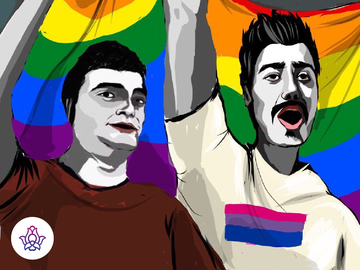

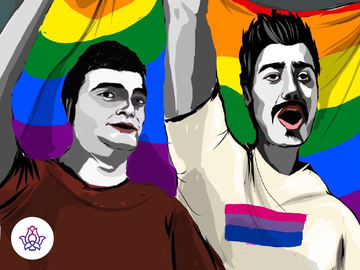
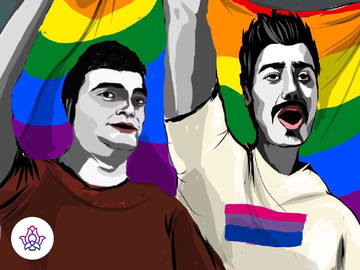
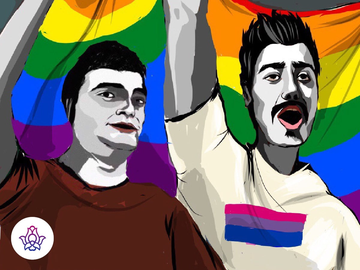
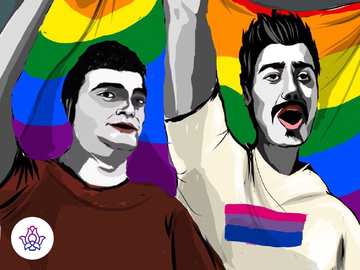
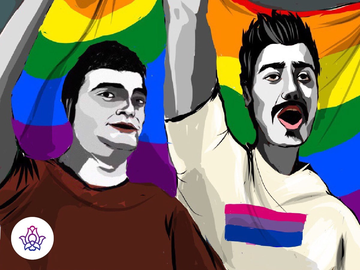

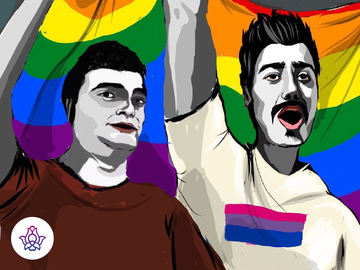

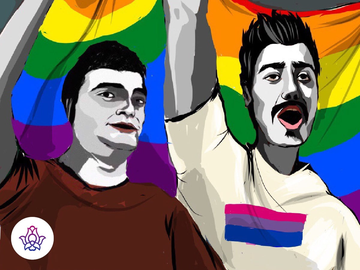
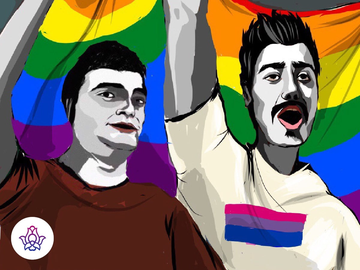
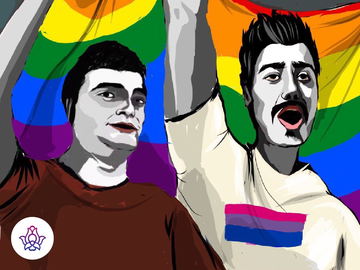

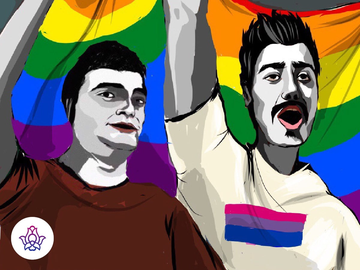
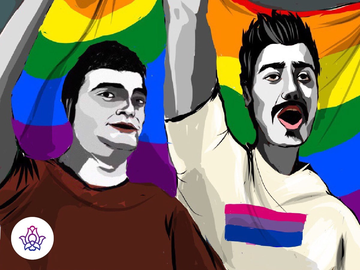
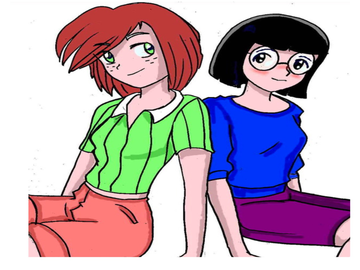
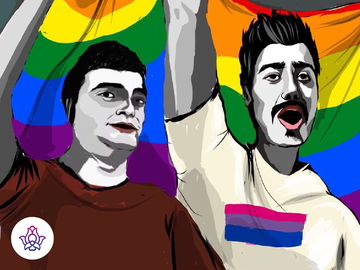
show me
All comments will be availabee after approvind by author